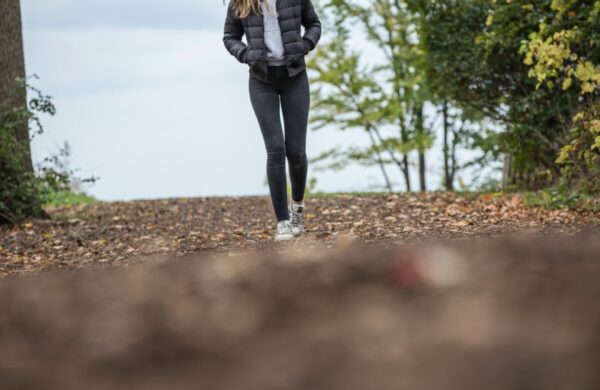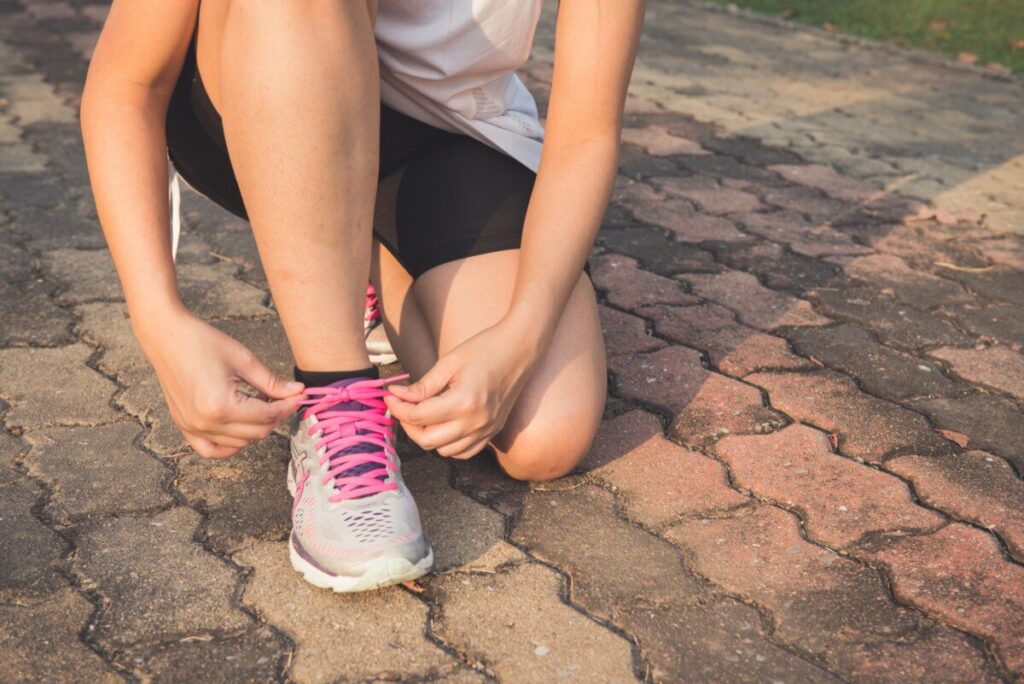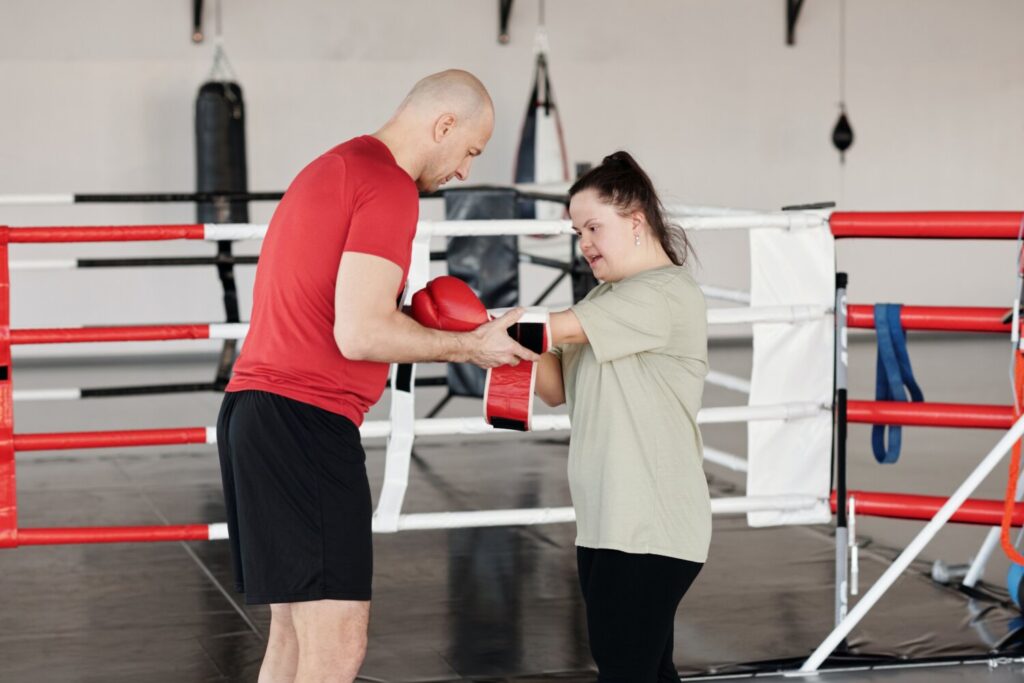
The latest guidance for sport and exercise
As restrictions are eased, what does it mean for sport/exercise?
Date: 25 June 2020 Author: Energise Me
Physical activity is changing all the time during the pandemic. Alex Marshall from Spot the Gap shares her thoughts on tackling inequalities and grasping opportunities as restrictions are slowly lifted.

Since the doors closed on leisure and sport facilities across the UK, we have all had to find new ways to stay active. Forming new habits in the process.
Many of us have moved to online exercise classes. From working out with the nation’s favourite P.E. teacher Joe Wicks, every morning. To joining in skills sessions with elite sports stars on Instagram. There has been an overwhelming choice for anyone trying to exercise and stay physically active at home.
Others have rediscovered the joy of nature and being active in the big outdoors. Exploring local parks, beaches, and countryside. Bikes have become the latest “must-have” as people look to connect with childhood pursuits and introduce their children to new ones.
As we begin to prepare for a gradual return to normality and look to the reopening of facilities across the county, what lessons have we learned during lockdown? Will the sector return to “normal” or are there new habits that activity providers now need to consider?
The explosion of online classes has allowed practitioners and trainers to reach a wider geographic audience. Also providing more choice for participants.
Exercising via online classes is more convenient for some people. There is no need to travel, incur parking or public transport costs. It offers the convenience of being able to shower in your own home and quickly return to work or childcare.
People who are nervous about trying new activities have found it less intimidating to exercise in their own home. Using Zoom, rather than stepping into the unknown of an unfamiliar external environment.
Of course, there are some things that online classes can never replicate in terms of the in-person experience. Not least the personal attention and one-to-one feedback. Zoom calls can never replace the social interaction of an in-person class.
But with in-person classes likely to have restrictions on participant numbers when facilities do reopen. There is a business opportunity for activity providers to consider. Offering a portfolio of online and in person activities. As well as building loyal audiences beyond a locality.

Exercise has been one of the few permitted activities outside the home during lockdown. However, national surveying from Sport England shows that despite recent trends of increased physical activity in the population, not everyone has been able to engage in staying active.
Women, people aged 55+, people in lower socio-economic groups, people with longstanding health conditions or illnesses, and people from some BAME groups have been less likely to stay active during lockdown. People living alone, without children or access to private outdoor space have found it hardest to engage with exercise during the pandemic.
Online exercise classes do not work for everyone. Many older participants may have limited understanding or no access to technology. Those with access requirements who prefer or need one-to-one, in-person supervision, have been excluded during this period.
These groups will need prioritisation and encouragement when facilities do eventually reopen, if the recent successes of campaigns such as This Girl Can are not to be undone.
The initial lockdown restrictions on personal freedom of movement made exercise a daily priority for many people. Competing activities such as entertainment, eating out and shopping disappeared from our everyday lives.
Some people have more time on their hands to exercise as their daily commutes have disappeared. Many families have built physical activity into their daily home-school routine, with children becoming more active than ever before.
New ways of exercising online has seen new communities spring up. These provide not just a chance to exercise, but the opportunity to maintain a routine and to connect with others at a time of physical isolation. The strength of these communities is key to ensuring people stay active and return to in-person sessions once restrictions are lifted.
The challenge now for the sector is to keep physical activity a priority once all the usual distractions of daily life are re-opened.
If you’re working with Hampshire and Isle of Wight communities to address inequalities, take a look at the Investing in Communities project.